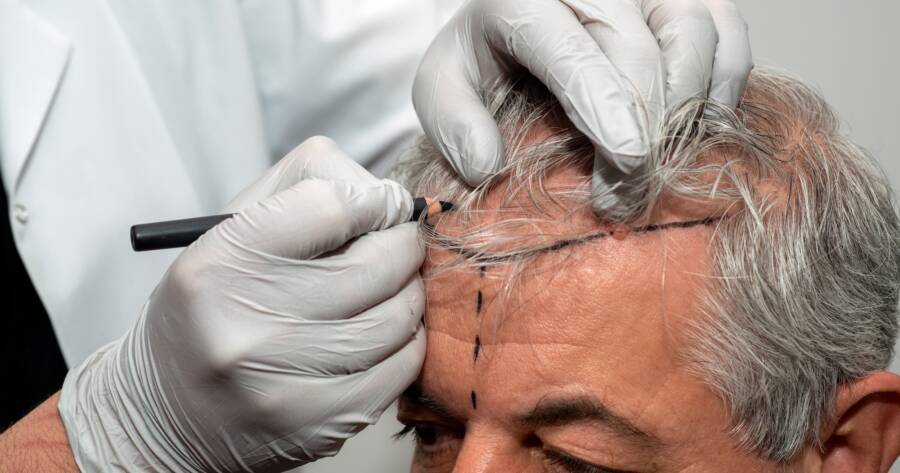Hair loss can be a distressing and confidence-shaking experience, but advancements in medical technology have made hair restoration more effective, natural-looking, and widely accessible. Understanding the different types of hair transplants such as Follicular Unit Extraction (FUE) and Follicular Unit Transplantation (FUT), is key to choosing the right method for your needs. Being informed about options empowers individuals to take control of their hair restoration journey and achieve satisfying, long-lasting results.
Follicular Unit Transplantation (FUT)
FUT, also known as strip surgery, involves removing a strip of scalp from the back of the head, where hair is more resistant to balding. The strip is then divided into individual follicular units, which are transplanted to the balding areas.
FUT is known for enabling a high number of grafts in a single session. However, it leaves a linear scar and requires a longer recovery time.
Follicular Unit Extraction (FUE)
FUE is a more modern technique in which individual hair follicles are extracted directly from the scalp and transplanted to the balding areas. This method is less invasive than FUT and does not leave a linear scar, allowing patients to wear their hair short if desired.
FUE is known for its natural-looking results and shorter recovery time, though it may require multiple sessions for complete coverage.
Direct Hair Implantation (DHI)
DHI is a variation of the FUE technique, where a specialized tool is used for the direct extraction and implantation of hair follicles. This method offers more control over the depth, direction, and angle of implantation, which can result in a more natural appearance.
DHI typically has a quicker healing time but can be more time-consuming and costly than other methods.
Scalp Micropigmentation (SMP)
While not a traditional hair transplant technique, SMP is a non-surgical option that involves tattooing tiny dots on the scalp to mimic the look of short hair follicles. This method is ideal for individuals with significant hair loss or for those who prefer a shaved-head look.
SMP can also be used in conjunction with hair transplant surgery to enhance the appearance of density.
Robotic Hair Transplantation
Robotic hair transplantation is an advanced technique that uses artificial intelligence and robotics to assist with the extraction and implantation of hair follicles. This method enhances precision in selecting the healthiest follicles and ensures consistent placement in the recipient area. The automated process can reduce human error, resulting in natural and uniform hair growth.
While this approach offers high accuracy, it can be more expensive than manual methods. It is suitable for individuals seeking a technologically sophisticated option for their hair restoration journey.
Platelet-Rich Plasma (PRP) Therapy
PRP therapy is a non-surgical treatment that uses the patient’s blood to stimulate hair growth. Blood is drawn and processed to extract platelet-rich plasma, which is then injected into the scalp. The growth factors in PRP promote natural hair regrowth by enhancing follicle health and thickness.
PRP is often used as a complementary treatment alongside other hair restoration procedures. It is relatively quick, with minimal downtime, though multiple sessions are needed for optimal results.
Choose the Best Approach
Hair transplants have come a long way, offering various options to suit different needs and preferences. Each method has its advantages and considerations, which is why it’s so important to carefully evaluate each option.
Understanding these various techniques is crucial for anyone considering a hair transplant. By doing your homework, you can determine the best approach for your unique hair restoration needs.




